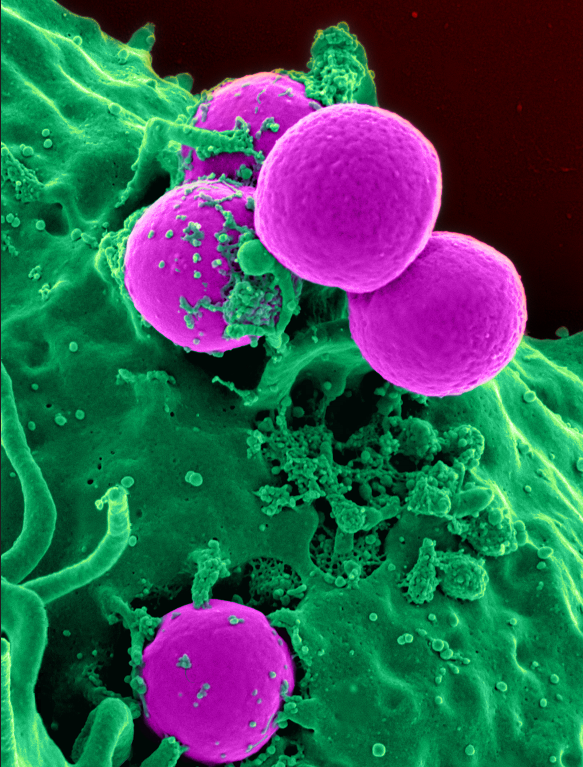The rise of antibiotic resistance in the United States has caused an estimated 23,000 deaths and 35 billion dollars lost. By 2050, these numbers are predicted to surge to 10 million deaths and 100 trillion dollars in economic loss. The increase in antibiotic resistance is an escalating problem in healthcare, one that demands better strategies for dosing medications.
When our bodies are infected, we take prescribed antibiotics to combat the bacteria. But antibiotics are not a guaranteed cure all. Bacteria that are able to resist the medication have an evolutionary advantage — they are selected for, and they multiply. The question then becomes: what does of antibiotics is optimal to minimize the chance of bacteria developing antibiotic resistance?
A recent study coauthored by Ted Cohen, associate professor of epidemiology at Yale, offers some insight. The research suggests that the degree of effective competition between drug-susceptible and drug-resistant pathogens is a key factor in determining how aggressively an infection should be treated.
Scientists have traditionally held that high doses of antibiotics help minimize the risk of resistance. The justification for this approach is that a higher dose of medication is able to rapidly decrease the size of the bacterial population, and thus lowers the opportunity for drug-resistant bacteria to emerge. However, arguments supporting lower doses of antibiotics have also surfaced. Scientists on this side of the debate reason that higher doses can increase selective pressure. The bacteria that do develop resistance begin to multiply and dominate the population much more quickly.
Cohen’s study demonstrated that a high versus low dose of antibiotics should be administered depending on competition between drug-resistant and drug-sensitive strains of particular bacteria. Even slight changes to this balance could switch which strategy is optimal.
“This finding suggests that new studies which can better quantify the degree to which drug-susceptible and drug-resistant pathogens compete within- and between-hosts are needed to improve drug dosing strategies,” Cohen said. “This is essential both for reducing the risk of resistance among treated individuals, but also for reducing the risk of transmission of drug-resistant pathogens in communities.”
Cohen’s research is a stepping-stone, then, to further studies probing the ideal doses of antibiotics. Designing these studies to find reliable signals of competition between bacteria is likely to be challenging, but the present study shows why this effort is important. And unless antibiotic dosing strategies are improved soon, we may exhaust our current arsenal of antibiotics.
Cover image: Methicillin-resistant Staphylococcus aureus (MRSA) is a bacterium whose antibiotic resistance is often responsible for infections that occur in hospitals. Image courtesy of Wikimedia.

